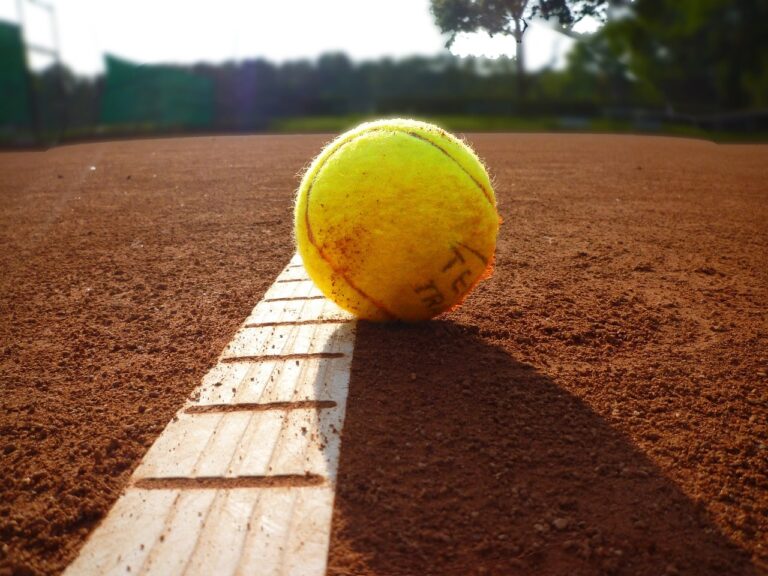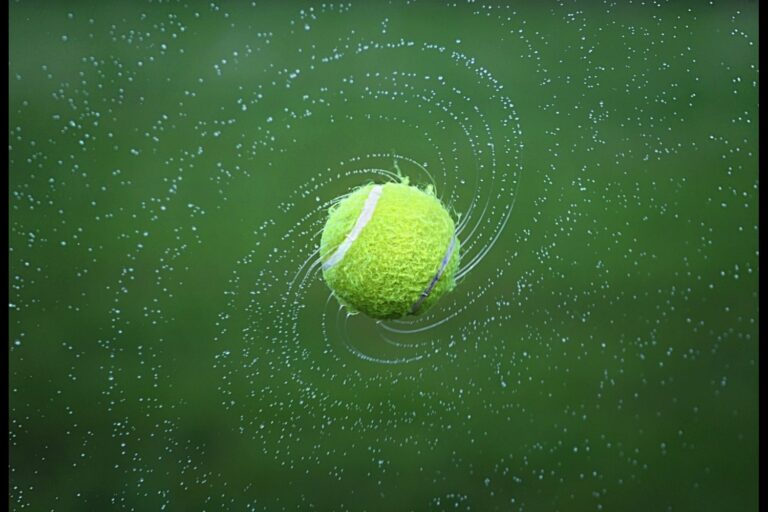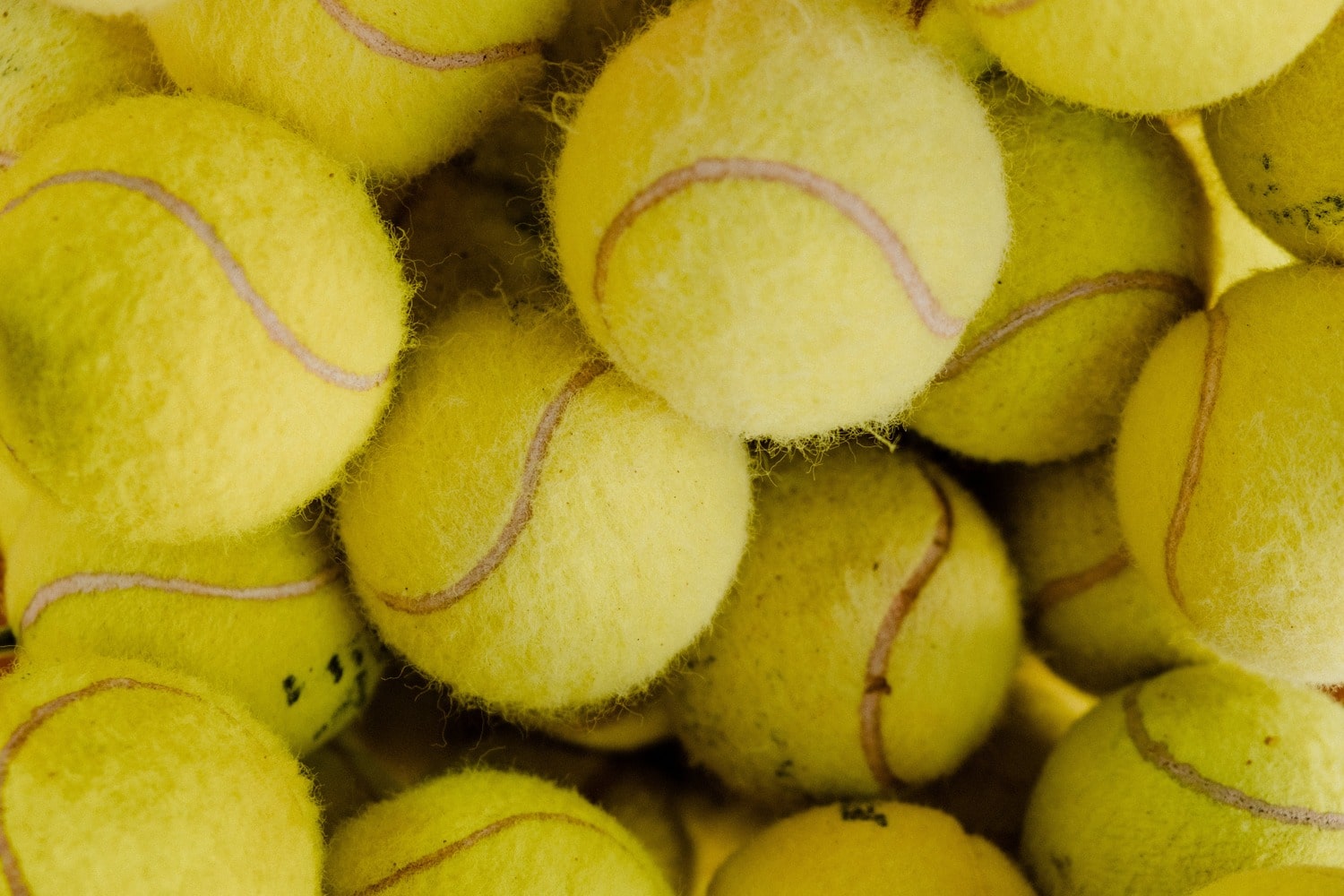Tennis balls for “practice” are usually not as sturdy. Best Practice Tennis Balls enhance the chance of winning. Compared to the “regular” balls used in games, the felt on this ball is of poor quality. The Consistency, bounce, and durability requirements imposed by organizations. Tournament balls meet the meant International Tennis Federation (ITF). Practice balls are inferior balls for use in USTA competitions. These work with many trainers nationwide. The Best Practice Tennis Balls have a wide usage range. Only due to their cost quite extended lives, are Best Practice Tennis Balls.
What do you know What Are The Best Practice Tennis Balls? With your eyes fixed on the tennis ball, try juggling it with your hands. Before a wall, or bouncing it off the ground. You might also try participating in other sports like badminton or table tennis. This calls for a comparable level of hand-eye coordination. Tennis balls made for hard court surfaces are an extra duty. Those courts are not forgiving, thus you need a ball that will degrade more than others. The felt on extra-duty balls makes them Best Practice Tennis Balls. This implies that the felt will function better and longer.
Two varieties of Best Practice Tennis Balls exist. First is Coach or practice balls are still canned. They are often of somewhat worse quality. The second is Balls without pressure. These are sturdy, solid Best Practice Tennis Balls. They are tougher and quite denser. They survive longer than a standard ball and do not play like one. On a hard court, players who want a quicker ball might want to use a regular duty ball. the trade-off is a little less wear. On a soft court, players who like slower, more durable balls use an extra-duty ball. The trade-off is more fluff.
Table of Contents
ToggleHow To Choose The Best Practice Tennis Balls
There are some outer and internal features indicate Best Practice Tennis Balls.
Less Or More Pressurized
An often-encountered distinction is the use of pressurized or pressure-free tennis balls. Common tournament tennis balls are under pressure. They have internal air pressure that makes them bounce higher. As pressure-less balls lack compressed air within. Their bounce is very modest, which accounts for their generally slower speed. If you must a pressure-free ball for your regular exercises. It is often that you seek a product label that states “pressure-less”. So these are Best Practice Tennis Balls.
Height
If you live in an area that is much above sea level. You will need to use pressure-free tennis balls. This is because air pressure is much higher at high elevations than it is at sea level. This causes the ball to move more fast. It’s usually to use pressure-free tennis balls for optimal control and performance. Because pressurized balls can be challenging to use in high-altitude environments. Before selecting Best Practice Tennis Balls should have an eye on height.
Surface Type

The court surface you practice on is a further factor for selecting Best Practice Tennis Balls. Hard courts may fast ruin the balls. Whereas clay or grass courts are often kinder and less taxing on them. Thus, choose more durable training balls that will last you longer. If you do not want to replace them every month.
Sturdiness
The long life of the balls is the main distinction between standard tennis balls. They have heavy-duty tennis balls. Regular-duty balls use more wool than nylon, and heavy-duty balls use more nylon. On hard courts, heavier or extra-duty tennis balls will travel more than. They have a longer lifespan and feel fluffier. It is a major factor in choosing Best Practice Tennis Balls.
The standard duty balls are perfect for soft surfaces like grass or clay. They do not fast wear out the balls. Since they travel a bit faster and are less fluffy. It could result in less ball fuzzing. For improved visibility, opting for optic yellow balls is also the best option.
Individual Tennis Drills to Practice
Make use of a ball machine. Even though purchasing a quality ball machine is a costly venture. If any nearby stores or establishments can lend or rent it to you for a while.
- Locate a Good Wall.
- Self-Feed Balls on Ground Strokes.
Wilson Triniti for Tennis Balls
Presenting Triniti, the first powerful green responsible tennis ball in full sustainable packaging. Reduce consumption and waste by four times while maintaining the fresh ball feel. 5% of Triniti’s revenues go toward supporting global sustainability initiatives. It produces less waste since being a pressure-less tennis ball. It lasts far longer than a pressurized ball. But they also put these balls in completely recyclable cardboard wrappers. Wilson’s world green efforts benefit with five percent of Trinity Ball sales proceeds.
Pros
- Endure for a long period
- Felt is good at retaining color.
- Sustainable friendly
Cons
- Costly
- It produces an odd sound when struck.
Tennis Balls for Tebery Advanced Training Set
The shock-absorbing rubber material used for Tebery’s powerful tennis balls. It is store is perfect for everything from tennis practice to fetch games with your dogs. It provides a steady, long-lasting bounce height of around 135 cm. These yellow tennis balls are easy to transport and store. Because they come with a reusable mesh carry case. Twenty pieces color green with fur and rubber material. Its price is 18.99$. These are affordable and Best Practice Tennis Balls.
Pros
- Enduring
- Robust
- Reasonable price
- Flexible
Cons
- None
Gamma Tennis Balls Without Pressure

The Gamma Pressureless Tennis Balls occur for durable, reliable performance. There are 48 practice balls in the pack. On both hard and soft courts, these non-pressurized balls bounce with giving apart.These excellent balls may be for pros and beginners alike. These pressureless balls are easy to transport around the court. They exist in packages in a reusable, durable plastic bucket with a handle and cover. Its dimensions are 12.6 inches. Its cost is 69.99$.
Pros
- Sturdy
- Resistant to cracks
- No rip
- Outstanding value for the money
Cons
- Not one
Tennis Balls Wilson Prime All-Court
The Wilson Prime All-Court Tennis Balls skill levels and courts due to its Duraweave felt. The ball performs well on all courts and is long-lasting for prolonged play. You may use this tennis ball for drills or matches. Reviews claim that this basic tennis ball lasts a long time and has a useful bounce. Its dimensions are 8.6 inches. Its price is 9.9$.
Pros
- Approved by USTA and ITF
- Sturdy
- Superior performance
- Worth the money
- No rip
- Fantastic bounce
Cons
- None
Conclusion
Try juggling the tennis ball with your hands while keeping your gaze locked on it. Before a wall, or bouncing it off the ground. You might also try playing table tennis badminton, or any other sport. A similar degree of hand-eye coordination is vital for this. Extra-duty tennis balls exist especially for hard court surfaces. Those courts are unforgiving, you need a ball that will deteriorate more over time. Extra-duty balls have thicker felt that is not as secure braided around the core of the ball. This suggests that the felt will last longer and work better.
The Best Practice Balls are important for best scores. A little less wear is the trade-off for players who like easier balls on a hard court. They might wish to use a Regular-Duty ball. Players who have smaller, firmer balls may want to use an Extra-duty ball on a soft court. The trade-off is more fluff. They usually exist of softer materials, thus they do not go as far as ordinary golf balls. On opposing sides of the net, the players confront one another. Players attempt to strike the ball such that their opponent finds it tough to hit it back. when it is being played back and forth over the net.
FAQs
How can I practice tennis by myself?
- Get comfortable with serving.
- Have fun playing up against a wall.
- Use a ball machine to practice.
- Exercises for footwork.
- Consume balls for yourself.
Are you able to use practice balls?
You may use a practice or X-Out golf ball if the group has not required it as you play a ball. It is not appropriate to use an X-Out ball if there is large evidence that it does not conform.
In practice, how many balls should you hit?
During a practice session, hitting 50 balls is the small required. Chipping and small game practice should take up the first 10 strokes and the final 10.
What distinguishes ordinary tennis balls from practice tennis balls?
Practice tennis balls are often not as high-quality as normal tennis balls. Regular tennis balls also have a longer lifespan than practice balls. So Best Practice Tennis Balls have extra features than ordinary.

